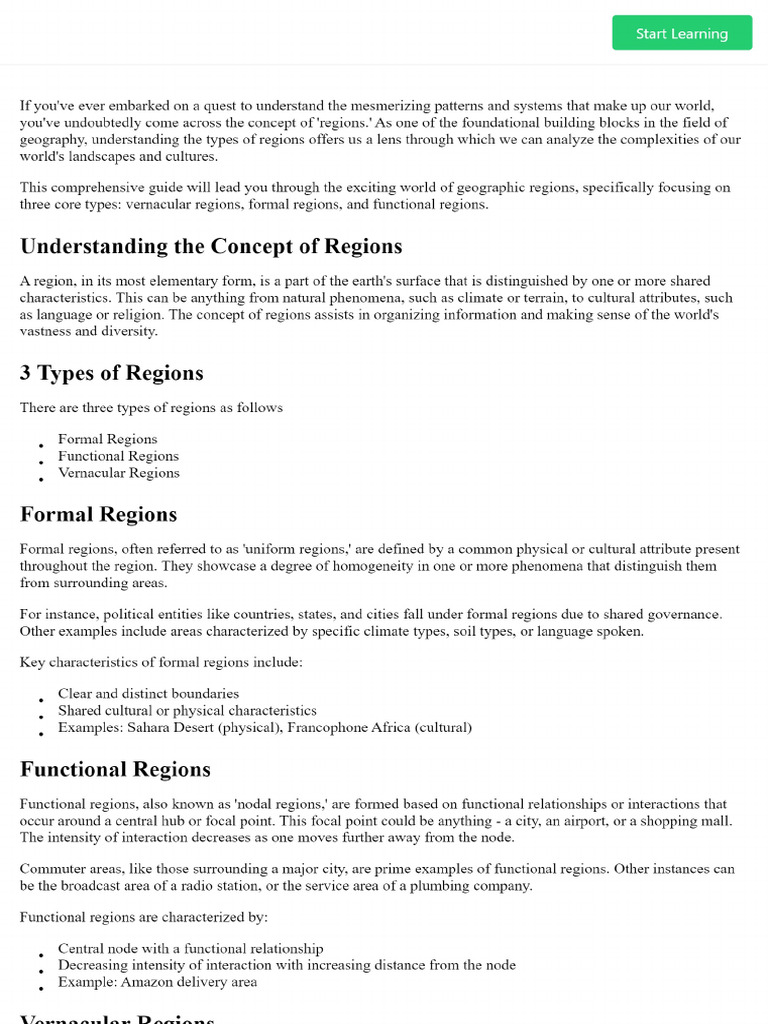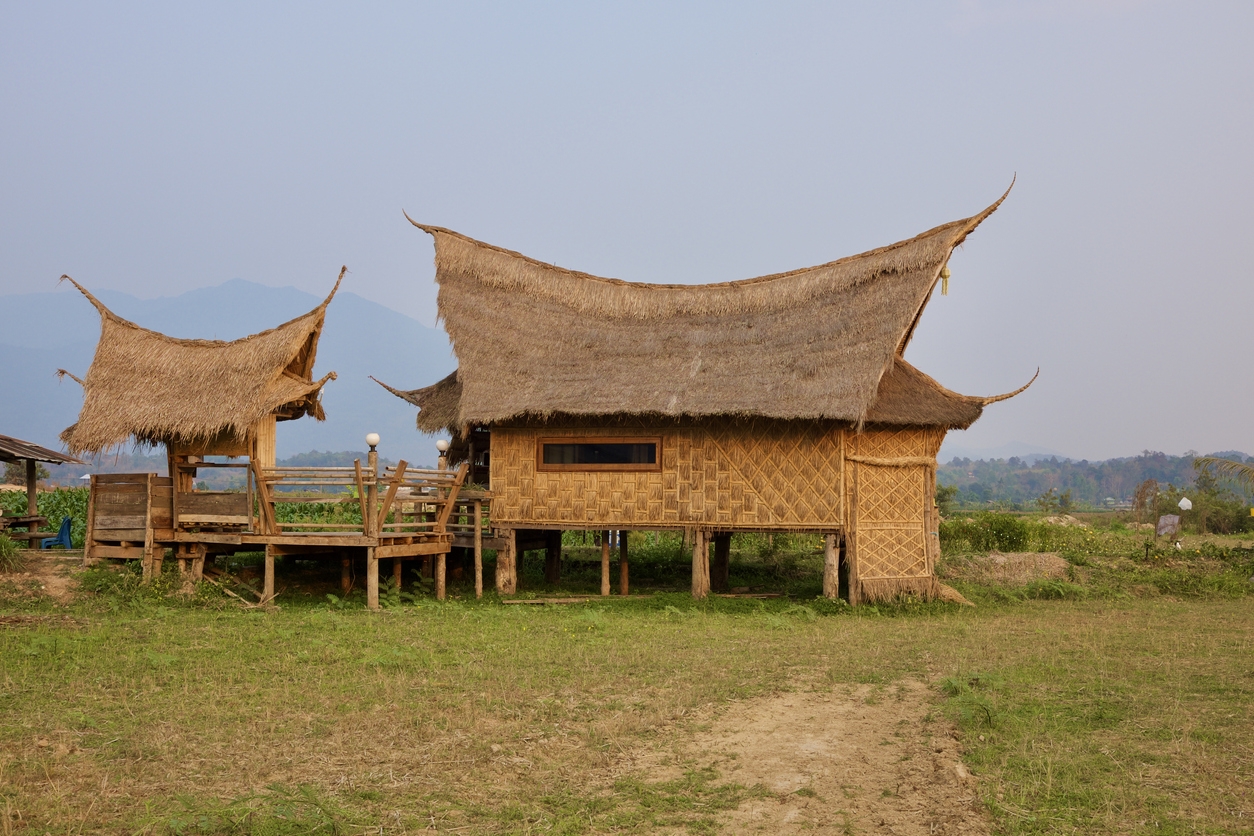Understanding Vernacular Regions: A Quick Guide

Vernacular regions are areas defined more by cultural identity and shared characteristics than by formal boundaries. Unlike political or physical regions, these areas are shaped by the people who live there, their traditions, dialects, and collective sense of place. Understanding vernacular regions helps us grasp the nuanced ways communities identify themselves and their surroundings. Whether you’re a geographer, a traveler, or simply curious about cultural landscapes, this guide will walk you through the essentials of vernacular regions.
What Are Vernacular Regions?

Vernacular regions, also known as perceptual or cultural regions, are informal areas recognized by their unique cultural, social, or historical traits. These regions are not marked on maps but are deeply ingrained in the minds of the people who inhabit them. Examples include the American South, the Midwest, or the Scottish Highlands. These areas are defined by shared dialects, cuisine, traditions, and a collective identity that sets them apart from neighboring regions.
📌 Note: Vernacular regions often overlap with formal boundaries but are not confined by them.
Key Characteristics of Vernacular Regions

To identify a vernacular region, look for these defining features:
- Shared Culture: Common traditions, festivals, and practices.
- Language and Dialect: Unique phrases or accents specific to the area.
- Cuisine: Distinctive foods or cooking styles.
- Historical Identity: A shared history or narrative that binds the community.
- Perception: Recognition by both locals and outsiders as a distinct area.
Examples of Vernacular Regions

Here are a few well-known examples to illustrate the concept:
| Region | Key Characteristics |
|---|---|
| The American South | Southern drawl, BBQ cuisine, antebellum history |
| New England | Seafood, colonial architecture, fall foliage |
| Bavaria, Germany | Oktoberfest, lederhosen, Alpine culture |

Why Study Vernacular Regions?

Understanding vernacular regions offers valuable insights into human geography and cultural identity. For businesses, it helps tailor marketing strategies to local preferences. For travelers, it enhances the experience by providing deeper cultural context. For researchers, it sheds light on how communities form and sustain their identities.
How to Identify a Vernacular Region

Follow these steps to recognize a vernacular region:
1. Listen to Local Language: Note unique phrases or accents.
2. Explore Cuisine: Identify dishes specific to the area.
3. Observe Traditions: Look for festivals or customs unique to the region.
4. Ask Locals: Their perception of their area is key.
📌 Note: Vernacular regions can evolve over time due to migration, globalization, or cultural shifts.
Checklist for Understanding Vernacular Regions
- Identify shared cultural traits.
- Recognize unique language or dialects.
- Explore local cuisine and traditions.
- Understand the region’s historical narrative.
- Assess how locals and outsiders perceive the area.
Vernacular regions highlight the rich tapestry of human culture and identity. By recognizing these informal boundaries, we gain a deeper appreciation for the diversity of our world. Whether for academic, commercial, or personal purposes, understanding vernacular regions opens doors to meaningful connections and insights.
What is the difference between vernacular and formal regions?
+
Formal regions are defined by official boundaries, like states or countries, while vernacular regions are based on cultural identity and perception.
Can vernacular regions change over time?
+
Yes, factors like migration, globalization, and cultural shifts can alter the characteristics of vernacular regions.
Why are vernacular regions important for businesses?
+
Understanding vernacular regions helps businesses tailor products and marketing to local preferences and cultural norms.


